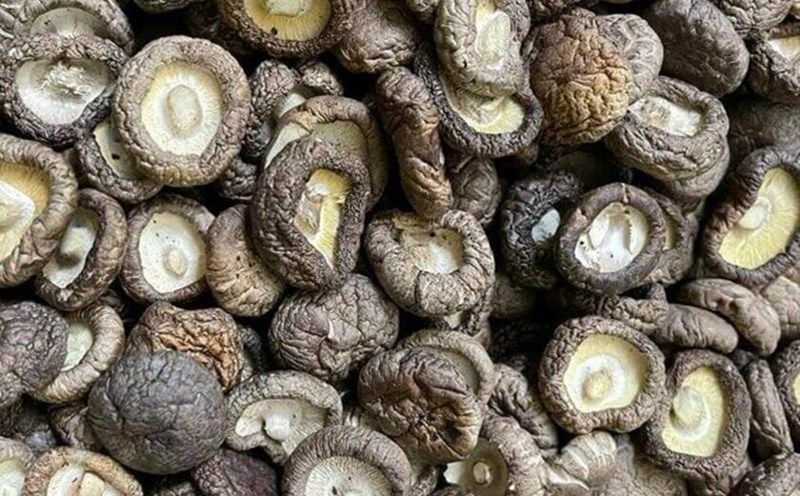According to the United States Department of Agriculture's Nutritional Database (USDA), 100g of shrimp contains about 70-100mg of calcium depending on the type, while 100g of tofu (especially calcium salt) contains 200-350mg of calcium.
When combined, these two ingredients not only provide a significant amount of calcium but also add high-quality protein, helping to increase bone density, maintain muscle mass and improve mineral absorption.
Animal protein combined with soy isoflavone helps reduce bone loss rate in postmenopausal women by 22% after 12 weeks of maintaining a diet rich in plants and seafood.
Outstanding nutritional benefits of om tofu shrimp:
Highly available biofilter calcium: Unlike supplements, calcium from food is often easier to absorb, especially when accompanied by protein and vitamin D from the total serving.
Isoflavones from soy: Is a plant compound with a structure similar to estrogen, helping to reduce bone loss after menopause.
Phosphorus and vitamin B12 from shrimp: Necessary for bone formation and maintaining healthy blood cells.
Low in saturated fat: Helps protect the cardiovascular system, a common factor in the treatment of osteoporosis in older adults.
How to make delicious om tofu shrimp, keeping all the nutrients:
Ingredients (for 2 people):
200g fresh shrimp (peeled, off the head, off the back)
2 white tofu covers ( firm pressed)
1 tablespoon olive oil or sesame oil
Ginger, green onions, chili (optional), low-salt soy sauce
100ml chicken or vegetable stock
How to do:
Tofu slice to taste, deep-fry with less oil to create a light crust, keeping the texture when steaming.
Ginger fried, green onions with a little olive oil, add the shrimp to the island quickly until they are hunted.
Add tofu to the pot, pour the broth, season with soy sauce, a little pepper and simmer for 10 minutes.
When the water is almost gone, add chopped green onions, you can sprinkle with roasted white sesame to enhance the flavor.
Note, avoid seasoning too much salt because high sodium increases the risk of calcium loss through urine.











